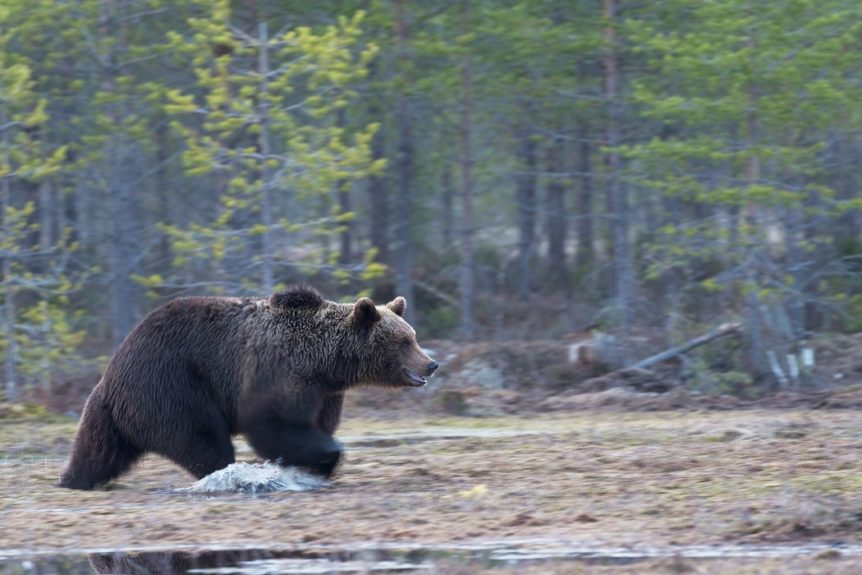Good morning,
This is the time of year when we expect to see snowmen, reindeer, Santa, and perhaps even a Santa Claus Rally – as December is historically one of the stronger months for the stock market. This December however, the most prominent sighting has been that of a bear. Stocks posted significant losses last week: The Dow Jones Industrial Average lost 6.9% (or 1,655 points), its biggest drop since the financial crisis in 2008, the NASDAQ Composite shed 8.4%, and the Standard & Poor’s 500 Index lost 7.1%. For the month as a whole, things are even worse with the Dow and S&P both down more than 12% and on track for their worst performance since the Great Depression in 1931.
Recall that a bear market is generally defined as a drop of 20% or more. From their recent record highs the S&P 500 is now down 18%, the Dow is down 16%, the NASDAQ is down 22%, and the Russell 2000 is down 26%. Given the totality of these numbers along with weak market internals, the Bear Market is here, whether or not the benchmark S&P 500 drops a couple more percent to “officially” reach bear market territory.
Plenty of factors can be cited as reasons for the bear market – trade tensions with China, slowing economic growth globally, recession fears, Brexit, general dysfunction in DC, at a time when the Federal Reserve is reducing liquidity and raising interest rates. The Fed’s quarter point rate hike last week was expected, but the commentary and outlook was not as “dovish” or accommodative as the market seemed to have wanted. The Fed projected two rate hikes for next year and indicated that it would be on autopilot in shrinking its balance sheet. Bottom line, many market participants are worried the Fed is making a policy mistake.
Also in the mix is technical selling with many stocks below their 200 day moving average, high frequency algorithm program trading, and year-end tax loss selling. Cumulatively, the result is palpable negative sentiment, and few large buyers are willing to step in now. Beyond all of the above reasons (or excuses) for selling is the overriding fact that corrections (drops of 10%) and bear market drops of 20% are inherent in the market. They occur naturally and are inevitable. Corrections happen about once a year on average, while Bear Markets occur about once every three to four years.
Bear markets average 403 days in length, and it takes a little over 3 years for the market recover, while the average non-recession bear lasts about 7 months – according to Ned Davis Research. It is noteworthy, even with all the corrections and bear markets throughout history – large stocks have averaged annual returns of 10.2% from 1926 to 2017 according to data from Morningstar Ibbotson.
As painful as bear markets are, staying the course has served investors well over time. During periods like this it’s important to stay focused on the long term and try to avoid the short term “noise”. Remember, time in the market is more effective than timing the market! Further, investment allocations should consider an individual’s goals, objectives, risk tolerances, cash flow needs, and overall “comfort level”.
The markets close early today with the stock exchanges closing at 1 pm, and will of course be closed tomorrow for Christmas. As always, please feel free to call us with any questions, to discuss your portfolio, or to set up a meeting.
All the best,
Southport Station Financial Management, LLC


